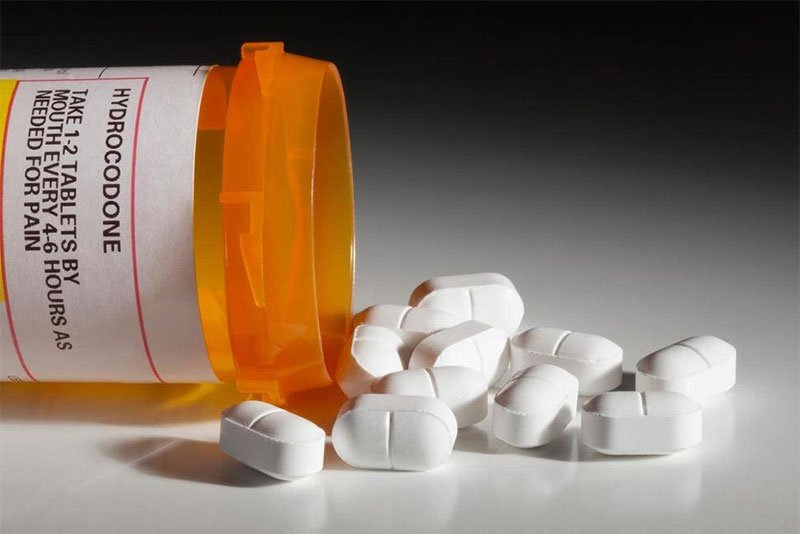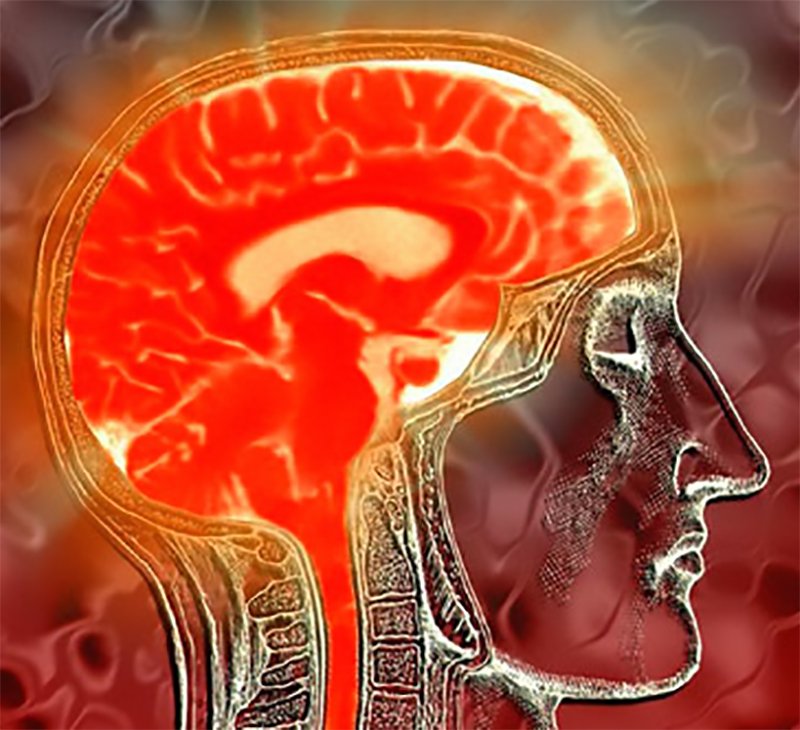How Opioids Affect One’s Brain, Mood, and Mental Health
Opioid abuse is an issue on the rise in the U.S. as of late; causing much need for concern. In fact, according to the CDC (Center for Disease Control and Prevention) the recent rise in opioid and other drug and alcohol-related deaths has caused the life expectancy in the U.S. to drop for the first time in decades. Over the past 20 years, opioid abuse has been on the rise. In 2010, over 12 million Americans reported abusing opioid medications, and this number is on the rise. Many of these medications abused are prescribed by doctors for pain management. While opioids may be effective at alleviating pain for a few, they are highly addictive for many, and can significantly alter the natural chemical reactions in the brain, which in turn affect one’s mental health.
What are Prescription Opioids?
Prescription opioids are part of the Schedule II class of medications; posing great risk for physical dependency and mental addiction. Whether a person is using opioids for physical ailments, for mental health, or for any other reason (experimental, recreational, etc.) the threat of becoming addicted is the same. The use of opioids should be approached with caution, and avoided at all costs if one wishes to live a healthy, happy life. Common opioids prescribed today include:
- OxyContin
- Hydrocodone
- Morphine
- Percocet
- Vicodin
Opioids are synthetic, and comprised of compounds based on the poppy seed, which is the source that heroin (a natural opioid) is derived from. Prescription opioids are essentially synthetic heroin.
Opioids on the Brain
In addition to being highly addictive, opioids have a significant effect on one’s brain, mood, and overall mental health. When brain chemistry is off, it can throw our mental stability out of balance and affect our mood. The first brain change is chemical, and involves the balance of neurotransmitters. These neurotransmitters account for mood, motivation, reward, and consequently are a key element in developing an addiction.
Chemical Effects
The structure and makeup of an opioid is much like that of the brain. This allows opioids to stimulate brain cell sites; prompting an increase in neurotransmitters like serotonin, dopamine, and norepinephrine. This creates feelings of euphoria and pain relief. This doesn’t last, however, and when the medication wears off, a person will feel lower than before taking it, as neurotransmitters are depleted. This can cause sadness, and symptoms of depression.
Addiction
The use of opioids can cause a physical and mental addiction. Since this medication activates one’s reward center (dopamine, etc.) opioid abuse is conditioned; eliciting a reward signal in the brain via dopamine outputs higher than normal. This can make the allure of opioids overwhelming for many.
Once a person begins to form a habit of taking a substance, a tolerance will develop. This creates a need for more of the substance to feel normal. This can make the symptoms one originally sought treatment for more intense than they originally were on their own. This is how a physical dependency develops, and withdrawal can be painful.
Long-Term Effects
If a person continues to use opioids for an extended period of time, the number of receptors that receive neurotransmitter signals is reduced; making it more difficult than ever to receive the euphoric feeling of pleasure and/or pain relief. This can lead to changes in mental health and mood disorders such as depression. It may also contribute to changes in long-term memory, decision making, social behavior, and thought processing.
Do you or someone you know need relief from the vicious cycle of medicating for pain? Only to have your pain come back stronger, therefore requiring additional medications or larger doses, and experience less relief and more side effects? If so, there are many addiction recovery centers, supports groups, and government programs available.
But aside from treating the addiction, what other options are there for treating the pain? Unique and effective, non-invasive options such as H-Wave can help, along with other alternative therapies such as physical therapy, exercise, mindfulness, meditation and yoga. You can talk to your doctor about incorporating some of these drug-free options into your pain treatment protocol.

